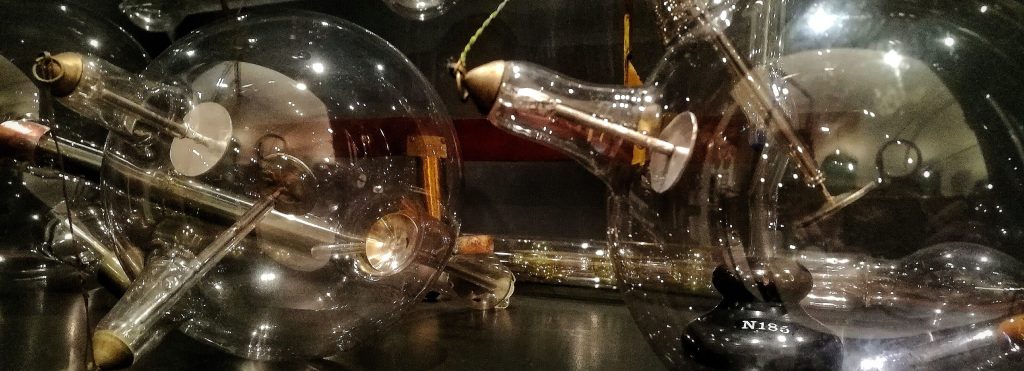The room houses the instruments collected by the Pavia University Physics professors who succedeed Alessandro Volta.
It is a particularly full collection (around 600 instruments, some of which are unique in the world), demonstrating how research and teaching activities in experimental physics remained intense even after the death of the inventor of the battery.
Giuseppe Belli, who directed the Cabinet around the middle of the 19th century, significantly enriched the collection and was able to include various devices of his own invention. Among these, we can today admire the electrostatic induction generator (which he called “generator by actuation”), a magneto-electric motor, a Bohnenberger electrometer modified by him and his famous duplicator. Born as a device capable of multiplying very weak electric charges, the duplicator was ultimately used as an actual electrostatic generator.
The size of the collection was already impressive during Belli’s time but was further expanded by his successor, Giovanni Cantoni, and by the scientists who came after him.

Vacuum tubes
Thanks to their efforts, today you may admire a large collection of instruments, chiefly dating back to the 19th century. They are divided into sections, by field of study: electrology (the largest portion), optics, pneumatics, thermology, mechanics, geodesy.
In addition to the aforementioned Belli instruments, you may observe:
- several electrostatic machines (for example, Bertsch, Holtz, Voos machines)
- instruments for measuring the intensity and effects of currents (a Thomson ammeter, an apparatus for showing the interaction between electric currents, a Foucault apparatus for signaling the presence of eddy currents, galvanometers of various types)
- several electrology instruments (coils, rheostats, resistors, capacitors, electromagnets, electrometers, tubes for studying the conductivity of gases)
- optical instruments (a Silbermann apparatus for verifying the laws of refraction and reflection, apparatus for showing Newton’s rings, telescopes, microscopes, polariscopes, spectroscopes, photometers)
- an Atwood machine
- thermoelectric batteries and calorimeters
- a Regnault boiler
- hygrometers
- radiometers
- several geodesy tools (theodolites, levels, sextants).
Last but not least, a hyperbaric chamber by Carlo Forlanini holds a special place at the end of the room; this very large instrument was used for the study and treatment of lung diseases.
